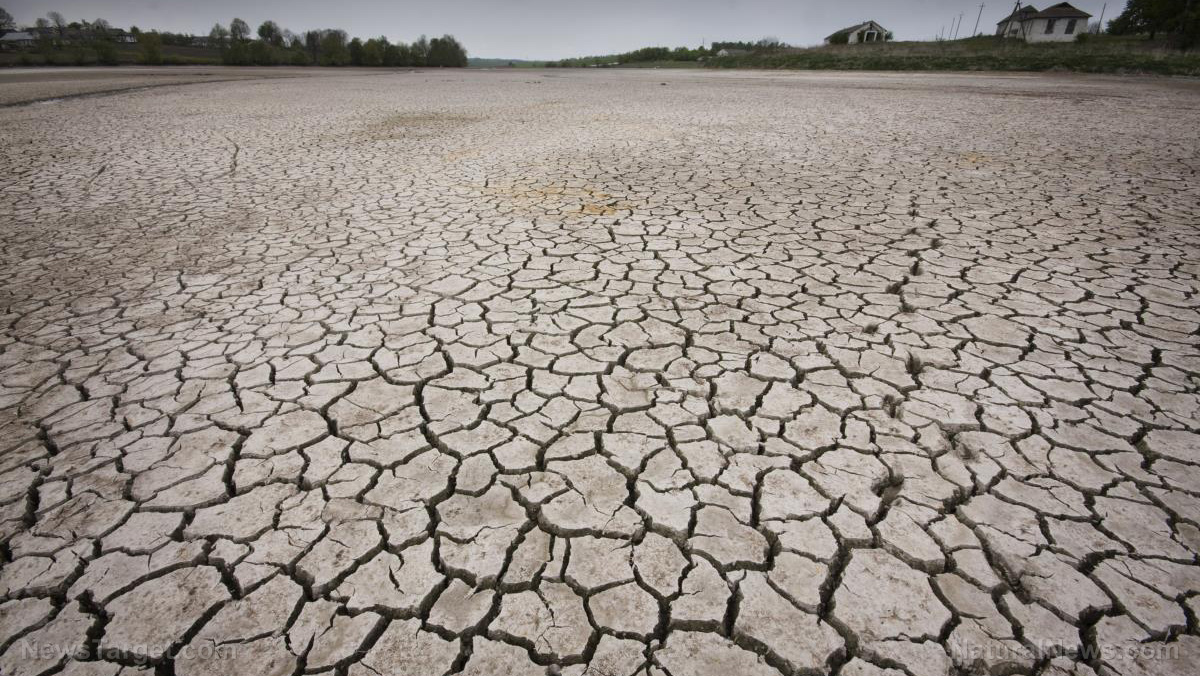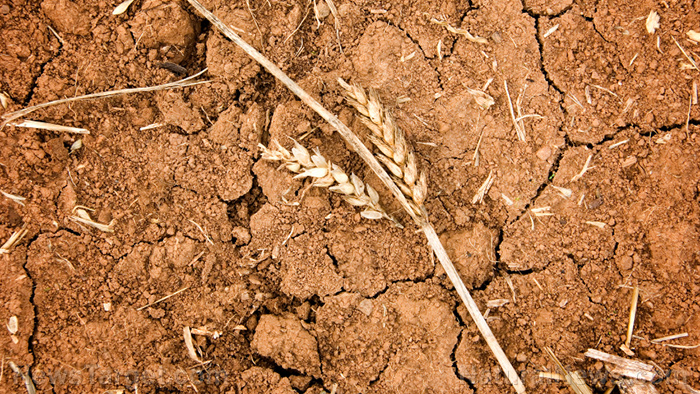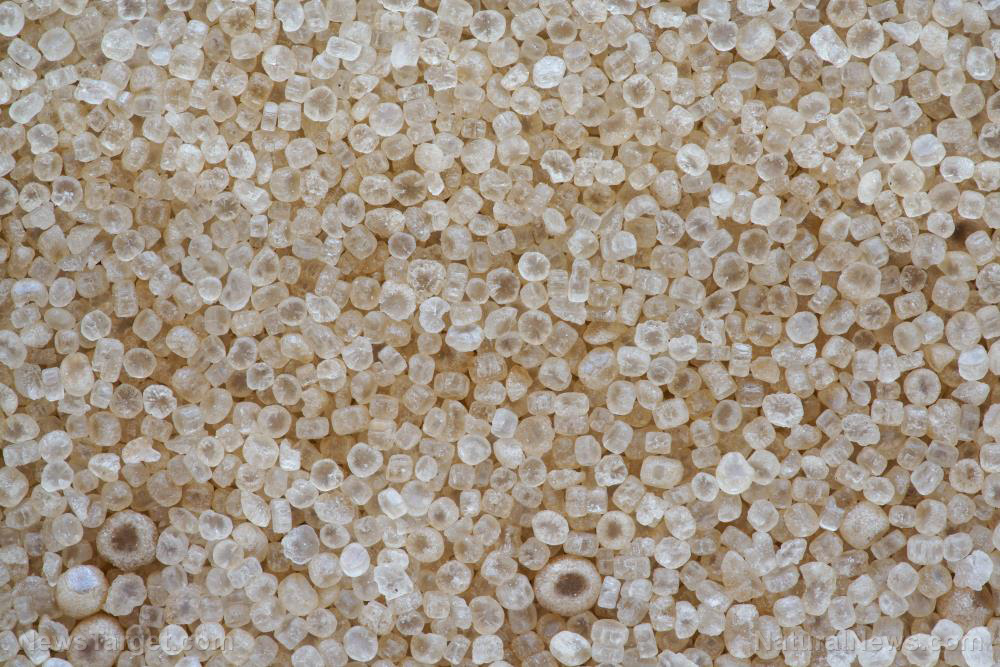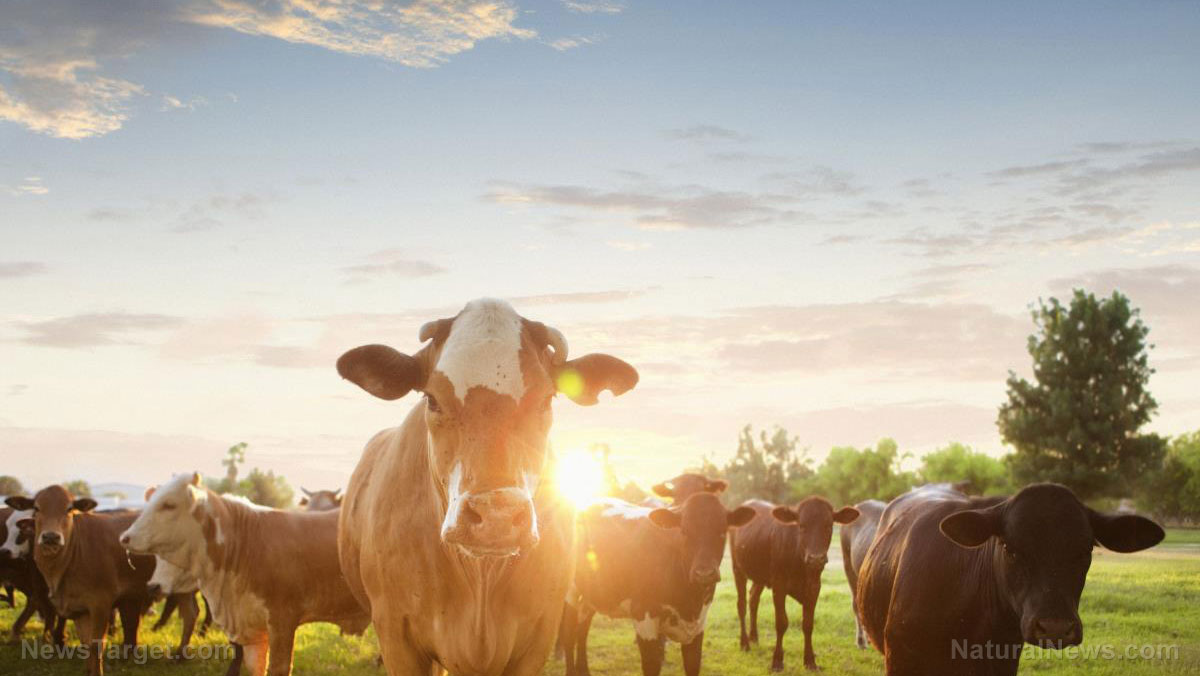
Iowa farmers suffer back-to-back blows after a dramatic drought hits the state following the August 10 derecho. The U.S. Drought Monitor (USDM) reported that about 60 percent of Iowa is currently affected by drought while almost the entire state is dry.
West-central Iowa is experiencing the most extreme drought among all divisions of the state. Precipitation levels in the area dipped from last year's levels. Some counties recorded upwards of 10 or more inches less of rain.
Water quality has also been worsening in the Des Moines River, with authorities detecting high concentrations of toxic aquatic microbes. The river is one of the back-up sources of drinking water in central Iowa.
Farmers bemoaned that with the drought, they'd have to contend with poor irrigation while trying to recover from the losses brought by the derecho.
Drought hits Iowa
Iowa was hit by a strong and long-lasting line of thunderstorms that generated hurricane-force winds and hail. The derecho blasted and flattened crops and caused 4 billion dollars' worth of damages. Several counties were affected including Benton, Linn, Jones, Cedar and Clinton County.
A few days after the derecho, drought started spreading in the state. Residents previously experienced a dry July, with 63 percent of Iowa listed as being abnormally dry by the USDM. At the end of this month, dry conditions have spread to about 97 percent.
Over the past week, temperatures soared to nearly 100 degrees, baking corn and soybean fields that were already damaged by the derecho. The U.S. Department of Agriculture (USDA) said that at least 60 percent of Iowa is in some kind of drought. The USDM classifies drought and dry conditions according to a five-point scale:
- D0 – abnormally dry
- D1 – moderate drought
- D2 – severe drought
- D3 – extreme drought
- D4 – exceptional drought
According to the USDA, 34 counties are in severe drought, up from 29 one week ago. Thirteen west-central counties are in extreme drought over the past three weeks.
Recent data from the NWS in Des Moines compared precipitation levels between 2019 and 2020 in west-central Iowa. Three counties in extreme drought – Audubon, Carroll and Guthrie Center County – received 10 inches less rain on average. Atlantic County, classified under severe drought, recorded the biggest drop in precipitation level at 16 inches.
The hot and dry conditions are also affecting water health. The Des Moines Water Works (DMWW) is unable to tap the Des Moines River for drinking water due to high levels of microcystin, a toxin produced by blue-green algae. These algae thrive in warm, stagnant water. The microcystin levels in the river were found to be eight to 11 times higher than the federal recommendation for water consumed by toddlers and infants.
“This week, we’re at the intersection of poor water quality, high demand and drought," said Ted Corrigan, chief executive officer of DMWW.
The utility group draws mostly from the Racoon River to supply drinking water to about 500,000 residents of central Iowa. But it also taps the Des Moines as a back-up. Corrigan said that there are procedures that can lessen the river's exposure to blue-green algae. However, they are expensive.
“Our best bet is just to avoid it," said Corrigan. (Related: Ecologist Shares on Well Water and the Steps to Cleaner Water.)
Huge blow for farmers
Farmers are taking a big hit due to the derecho and the drought. Chad West, a farmer from central Iowa, spent the week disking 300 acres of damaged corn. He said that he would need to disk another 400.
"We’ve never done this before. It doesn’t seem right," West said about disking his fields to replace damaged crops. "You put so much time, money and effort into a crop, to give up and say, ‘We’re not going to harvest this’ … it’s really disheartening."
Farmer Larry Buss of western Iowa said that crops would wither without widespread irrigation. The extremely dry conditions are draining the irrigation in the Missouri River Valley, which supplies water to his soybean crops. Buss already lost soybeans planted in small pockets of the field. If the drought persists in the coming months, he said, “Our crop is going to be shortened up." (Related: New organic and water-rich fertilizer will help farmers in drought areas.)
Many farmers would have no choice but to go back to the fields by mid-September, two weeks earlier than the normal harvest time. They'd to have to harvest corn and soybeans that matured faster and make do with lower yields.
Learn more about droughts and the US food supply at FoodCollapse.com
Sources include:
Please contact us for more information.




















